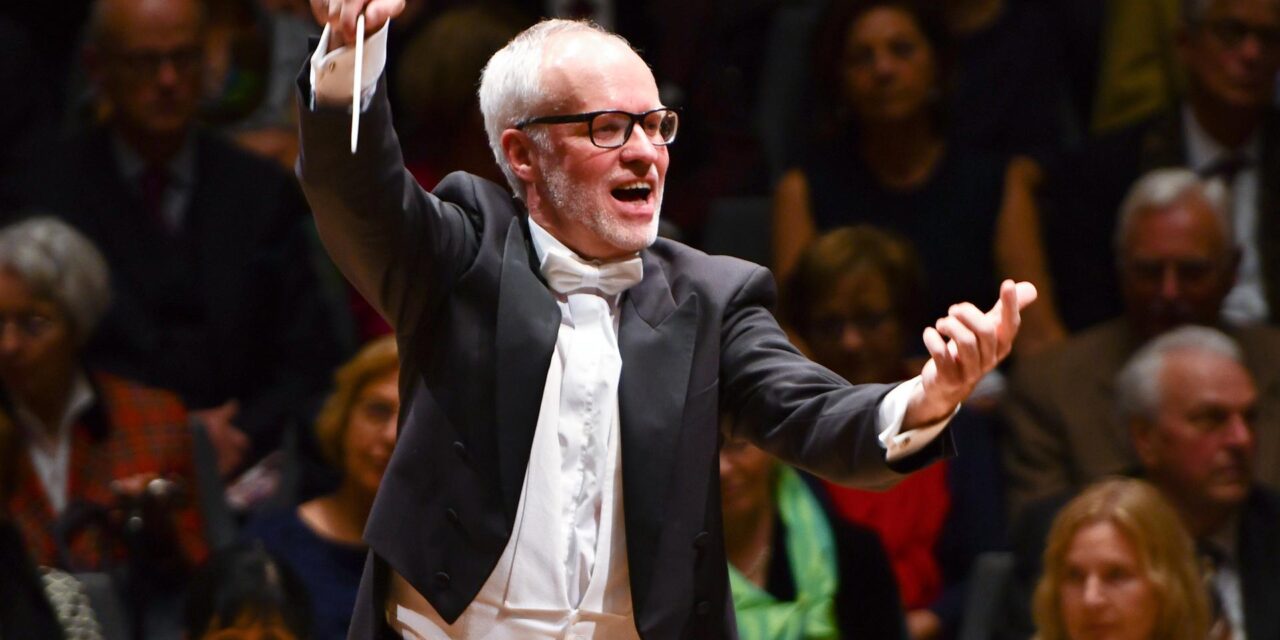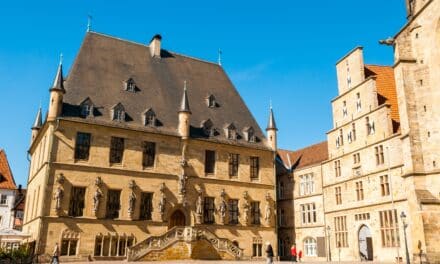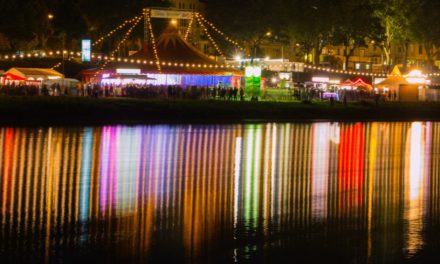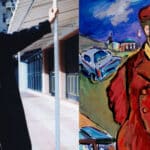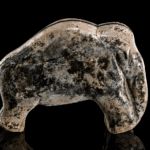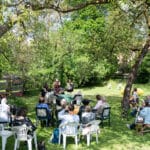You can get an idea of what true love of one's homeland sounds like at the 6th symphony concert. In a cycle of no less than six symphonic poems, Bedřich Smetana created a musical monument to his Czech homeland and set its history, its legends and its landscape to music.
Vyšehrad, the first of these symphonic poems, begins with the harp sounds of a bard singing the story of Prague's first castle, Vyšehrad. The Vltava flows at the foot of the castle hill: in this piece, one of the most famous in classical music, Smetana paints a landscape that includes a moonlit dance of nymphs alongside waterfalls and people celebrating on the banks of the river. Šárka has a bloodthirsty plot. The title comes from the eponymous legendary heroine who, like Penthesilea, has sworn unforgiving revenge on all men. The composer had this to say about From Bohemia's Grove and Field: "This symphonic poem paints in broad strokes the thoughts and feelings that seize us at the sight of the Bohemian landscape. (...) Everyone can take from this composition the memory of what he has taken to his heart." The musical basis for Tábor and Blaník is the Hussite chorale Die ihr Gottes Streiter seid. Tábor is the name of the main camp of the Hussites, the followers of the executed reformer Jan Hus. According to legend, the last Hussite fighters retreated to the interior of Mount Blaník in order to return from there one day and help their homeland out of its greatest distress. It seems almost unbelievable, but Smetana lost his hearing shortly after starting work on the first two parts of the cycle. He never heard a note of the acclaimed premiere of the complete cycle in 1882. With Mà Vlast, he finally went down in music history as the creator of Czech national music. And it is also this work with which we are celebrating his 200th birthday!
April 7 and 8, 2024

